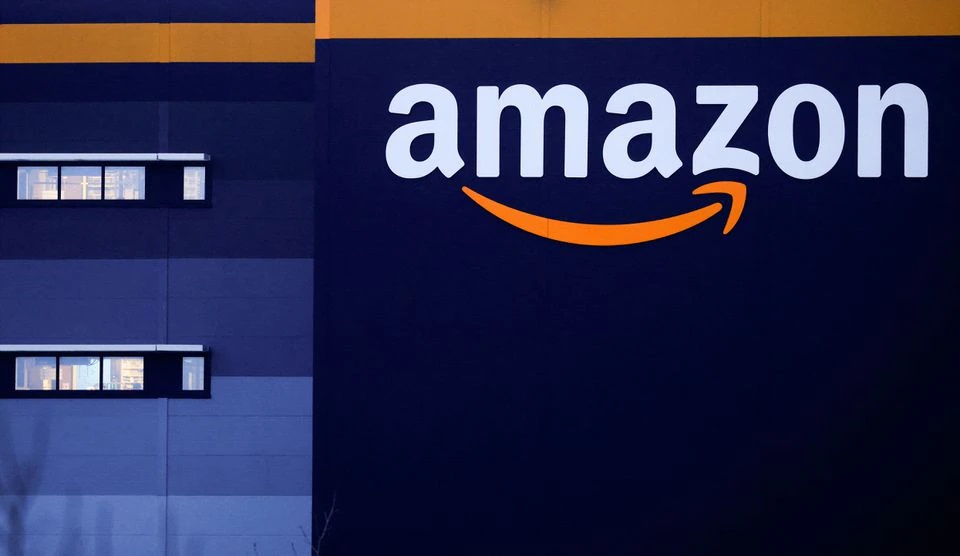One of the key trends driving the growth of e-commerce is the demand for personalized shopping experiences. With the help of advanced data analytics and artificial intelligence, online retailers can tailor their offerings to individual preferences and behaviors. This level of personalization allows consumers to discover products that align with their interests and needs more effectively, leading to higher levels of customer satisfaction and loyalty.
Another important trend impacting the retail industry is the emphasis on fast and convenient delivery options. Companies like Amazon have set the standard for expedited shipping with services like Amazon Prime, which offers free two-day delivery on millions of items. In response, traditional retailers are investing in their own logistics networks to offer same-day or next-day delivery options, catering to consumers' desire for instant gratification and minimizing the need for physical store visits.
Mobile shopping has also emerged as a significant e-commerce trend, driven by the widespread adoption of smartphones and tablets. Consumers now have the ability to browse and purchase products from anywhere at any time, whether they're at home, at work, or on the go. Retailers have responded by optimizing their websites and developing mobile apps to provide seamless and intuitive shopping experiences on smaller screens.
While these e-commerce trends offer numerous benefits to consumers, they also pose challenges to traditional retailers. Brick-and-mortar stores must adapt to the changing landscape by integrating online and offline channels to create omnichannel shopping experiences. This may involve investing in technology upgrades, redesigning store layouts, and training staff to provide enhanced customer service across all touchpoints.
Furthermore, the rise of e-commerce has intensified competition among retailers, leading to price wars and pressure on profit margins. Small businesses, in particular, may struggle to compete with larger online retailers that have greater resources and economies of scale. However, e-commerce also presents opportunities for smaller retailers to reach a wider audience through online marketplaces and social media platforms.
In conclusion, e-commerce trends are reshaping the retail industry in the USA, with implications for both businesses and consumers. While traditional retailers face challenges in adapting to these changes, consumers benefit from greater convenience, personalization, and choice in their shopping experiences. As technology continues to evolve, the retail landscape will likely undergo further transformations, requiring companies to innovate and evolve to meet the demands of today's digital marketplace.
Composed by: Francis kioko


